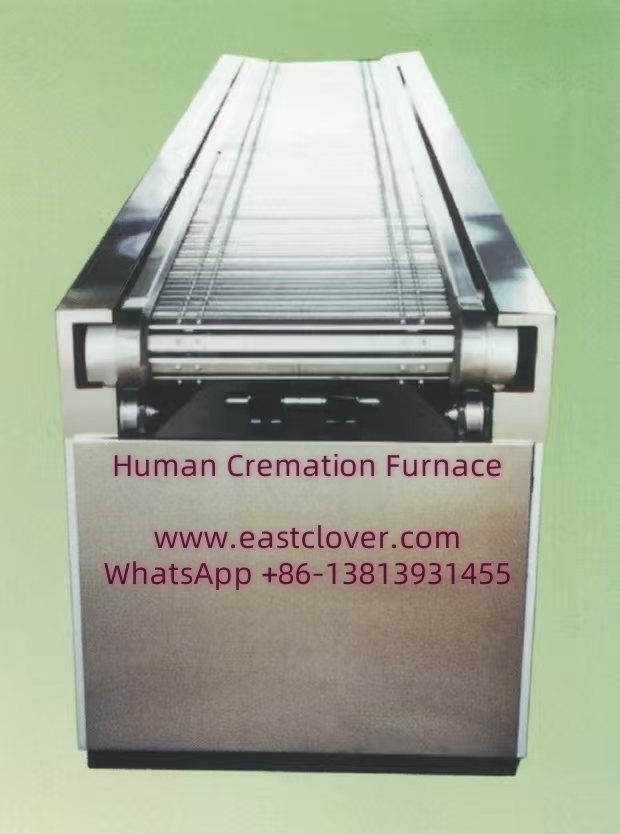Introduction
Abuja, Nigeria’s capital city, has experienced rapid urbanization and population growth, leading to increased strain on its public health infrastructure. During crises such as disease outbreaks, natural disasters, or conflicts, conventional methods of managing deceased individuals often become overwhelmed. Emergency container human cremation furnaces have emerged as a critical solution to address mass fatality scenarios, ensuring public health safety and dignity for the deceased. This news explores the role of these mobile units in Abuja, their implementation, and their significance in mitigating health risks during emergencies.
Understanding Emergency Container Cremation Furnaces
Emergency container cremation furnaces are portable, self-contained units designed to operate in disaster-stricken or high-risk areas. Built using repurposed shipping containers, these systems are equipped with combustion chambers, emission control mechanisms, and fuel-efficient technology. Their modular design allows rapid deployment to crisis zones, minimizing logistical challenges. Unlike traditional crematories, which require permanent infrastructure, containerized furnaces can be installed within hours and relocated as needed.
Key features include:
- Mobility: Easily transported via trucks or cargo planes.
- Scalability: Multiple units can operate simultaneously to manage large-scale crises.
- Compliance: Adherence to environmental and safety standards to reduce air pollution and health hazards.
Role in Public Health Crises
In emergencies, the timely and safe disposal of human remains is crucial to preventing disease spread. Corpses can contaminate water sources, attract disease vectors, and exacerbate psychological trauma among survivors. Container cremation furnaces address these risks through:
- Disease Control: Cremation eliminates pathogens like cholera, Ebola, or COVID-19, which linger in biological matter.
- Capacity Enhancement: Overburdened mortuaries and burial grounds are relieved, enabling authorities to manage fatalities efficiently.
- Community Resilience: Rapid response restores public confidence and mitigates stigmatization of affected communities.
Implementation in Abuja
Abuja’s adoption of containerized cremation systems follows lessons from global health crises. In partnership with international agencies, the Federal Capital Territory Administration (FCTA) has integrated these units into its disaster management framework. Key steps include:
- Strategic placement near high-risk areas, such as densely populated neighborhoods and hospitals.
- Training programs for healthcare workers and emergency responders on safe operation and biohazard protocols.
- Public awareness campaigns to address cultural sensitivities around cremation.
During the 2023 cholera outbreak, mobile furnaces were deployed to containment zones, significantly reducing secondary infections and easing pressure on burial sites.
Challenges and Considerations
While effective, the use of container cremation furnaces in Abuja faces challenges:
- Cultural Resistance: Many communities prioritize traditional burials, necessitating sensitive engagement.
- Resource Limitations: Fuel shortages and maintenance costs can hinder operations.
- Environmental Concerns: Emissions must meet regulatory standards to avoid air quality issues. Modern units use filters and scrubbers to mitigate this.
www.southclover.com
Emergency container cremation furnaces represent a vital innovation in Abuja’s public health strategy. By combining mobility, efficiency, and compliance, they offer a scalable response to mass fatalities during crises. Success hinges on collaboration between governments, communities, and global partners to overcome cultural and operational barriers. As Abuja continues to grow, investing in such adaptable solutions will bolster its resilience against future emergencies.
Frequently Asked Questions
What is an emergency container cremation furnace?
A portable, self-contained unit designed for rapid deployment to cremate human remains during public health crises, housed within a modified shipping container.
How do these units prevent disease spread?
By incinerating remains at high temperatures, they destroy pathogens and reduce contamination risks associated with traditional burial practic es.
Why are they necessary in Abuja?
Abuja’s growing population and vulnerability to outbreaks require agile solutions to manage mass fatalities without overwhelming existing infrastructure.
Are container cremation furnaces environmentally safe?
Modern units include emission control systems to filter particulate matter and harmful gases, aligning with environmental regulations.
How are cultural concerns addressed?
Authorities collaborate with community leaders to educate populations on the health necessity of cremation during crises while respecting traditions.
What is the cost-effectiveness of these systems?
While initial investments are significant, they offset long-term costs of disease containment and infrastructure strain during emergencies.

Comments are closed